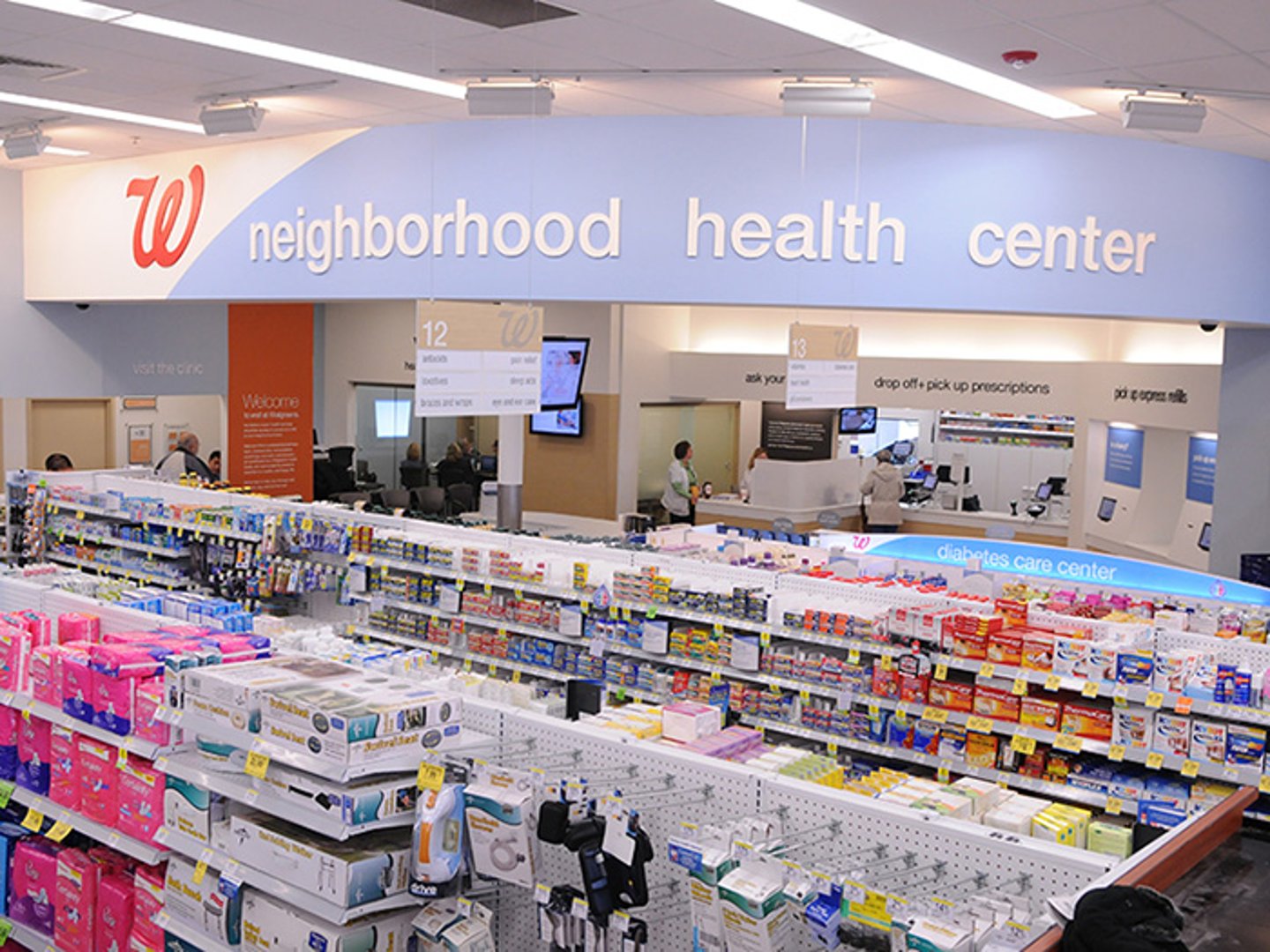Walgreens, Good Days cut costs for low-income patients
A recent Walgreens Center for Health & Wellbeing Research study showed that a collaboration between the nonprofit foundation Good Days and Walgreens local specialty pharmacies decreased medication copays by between 98% and 100% for low-income patients with complex conditions such as cancer, hepatitis C and rare diseases. In addition, data showed that collaborations between Walgreens and charitable organizations can also help decrease other costs that may inhibit treatment, including premiums and transportation to medical appointments.
“Helping our patients obtain life-extending medication by reducing the financial barrier is a critical step in their care,” Chris Creamer, senior director, Specialty Pharmacy Operations at Deerfield, Ill.-based Walgreens, said. “Our specialty-trained pharmacists and technicians at our nearly 300 community-based specialty pharmacies throughout the country have a passion for caring for our patients holistically. Collaborations with organizations like Good Days, ensures [that low-income patients can] afford to start and continue critical treatments.”
“Patient assistance charities provide a financial safety net to individuals who may not otherwise be able to access the life-saving medication they need. There are many side effects that a patient may experience while taking the prescribed medication, however bankruptcy should not be one of them,” Clorinda Walley, president of Good Days, said. “When there is no cost-effective alternative, a hefty copayment without the support of charitable assistance only discourages necessary care. This research illustrates the needs of individual patients and the benefits of cost-sharing.”
The retrospective study regarding low-income patients won honorable mention in the 2017 PAN CHALLENGE and was published in the American Journal of Managed Care. This study used a joint pharmacy and foundational database to assess patient outcomes.
Key takeaways included:
The article was published in the third annual supplement featuring winning papers from the PAN Challenge, a collaboration between The Patient Access Network Foundation and The American Journal of Managed Care to encourage scholarship that would find new solutions to the challenges of patient access and cost sharing when patients need life-saving therapies.
“Helping our patients obtain life-extending medication by reducing the financial barrier is a critical step in their care,” Chris Creamer, senior director, Specialty Pharmacy Operations at Deerfield, Ill.-based Walgreens, said. “Our specialty-trained pharmacists and technicians at our nearly 300 community-based specialty pharmacies throughout the country have a passion for caring for our patients holistically. Collaborations with organizations like Good Days, ensures [that low-income patients can] afford to start and continue critical treatments.”
“Patient assistance charities provide a financial safety net to individuals who may not otherwise be able to access the life-saving medication they need. There are many side effects that a patient may experience while taking the prescribed medication, however bankruptcy should not be one of them,” Clorinda Walley, president of Good Days, said. “When there is no cost-effective alternative, a hefty copayment without the support of charitable assistance only discourages necessary care. This research illustrates the needs of individual patients and the benefits of cost-sharing.”
The retrospective study regarding low-income patients won honorable mention in the 2017 PAN CHALLENGE and was published in the American Journal of Managed Care. This study used a joint pharmacy and foundational database to assess patient outcomes.
Key takeaways included:
- While the average annual income of patients who received financial assistance was only $20,000, their copay before assistance was as high as $4,200 a year, representing a significant burden on their families;
- After medication copay financial assistance, patient copays were reduced to between $0 and $51 per year for patients; and
- The high-cost burden of medications used to treat costly diseases could be reduced if patients were able to take advantage of financial assistance programs offered by non-profit organizations, foundations and pharmaceutical companies.
The article was published in the third annual supplement featuring winning papers from the PAN Challenge, a collaboration between The Patient Access Network Foundation and The American Journal of Managed Care to encourage scholarship that would find new solutions to the challenges of patient access and cost sharing when patients need life-saving therapies.

